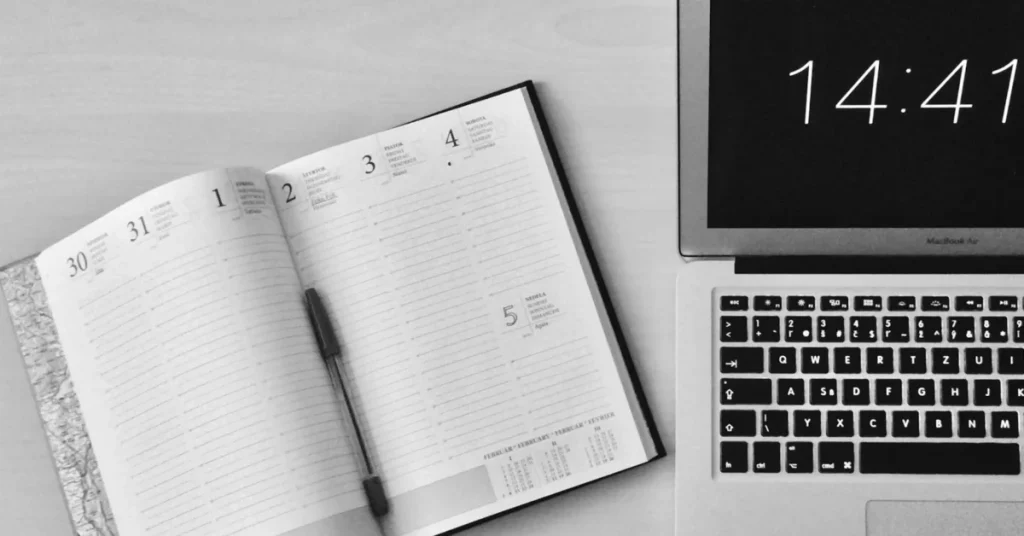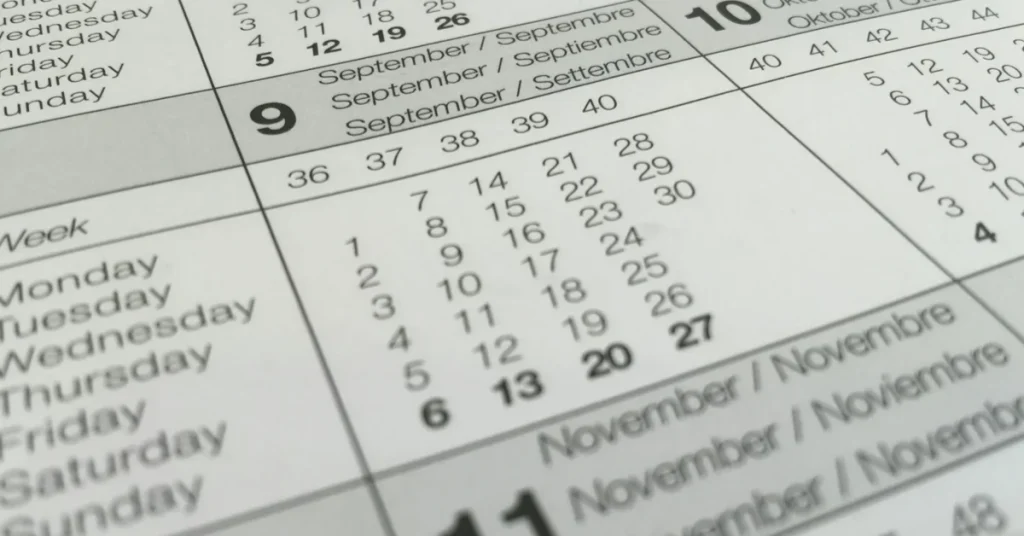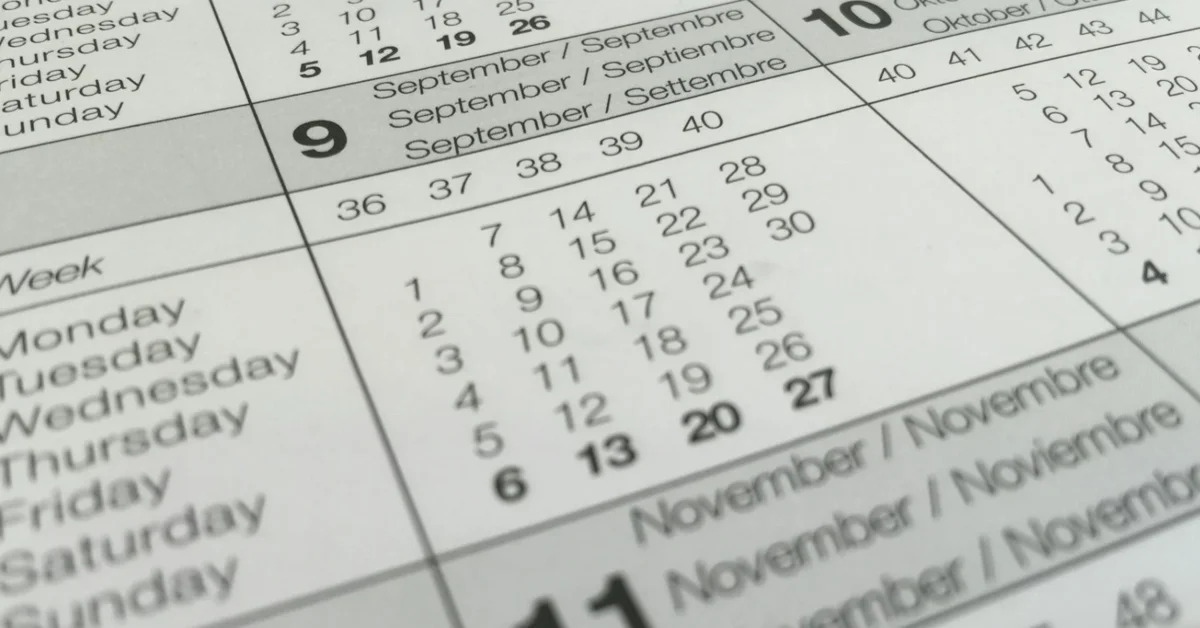A lot happens within your body throughout the month, not just during the days you’re actively menstruating. That’s why the menstrual cycle is considered a continuous process that spans the entire month, not just when you’re bleeding.
Understanding the Menstrual Cycle
The menstrual cycle is the monthly process that occurs in individuals with a uterus as their body prepares for potential pregnancy. It’s driven by hormones, particularly estrogen and progesterone.
Hormonal fluctuations are responsible for triggering the release of an egg from the ovaries—a process known as ovulation—and priming the body for pregnancy, or signaling it to reset when pregnancy doesn’t happen.

What Is Menstruation?
Menstruation refers to the days in your cycle when you experience menstrual bleeding—what most people recognize as their period.
The first occurrence of menstruation, called menarche, typically happens around age 12 (though it can vary), and menstruation continues until around age 50, when menopause begins.
What you’re seeing during your period is the shedding of the uterine lining, which consists of blood, vaginal fluid, and tissue. This is why period blood may look different from regular blood.
How Long Does a Menstrual Cycle Last?
For most people who menstruate and aren’t on hormonal birth control, the average menstrual cycle lasts around 28 days, but cycles ranging from 21 to 38 days are also normal.
Your cycle length is determined by counting the days between the first day of your period and the day before your next period starts. Some individuals experience fluctuations in cycle length, and that’s perfectly normal.
How Long Does Menstruation (Your Period) Last?
The first phase of the menstrual cycle, known as menses or menstruation, is when the uterine lining sheds. This process, where blood and tissue pass through the cervix and out of the body via the vagina, typically lasts between two and seven days. Periods often become more regular as you age, and it’s common for younger individuals to experience irregularities—nothing to worry about!
The Four Phases of the Menstrual Cycle:
- Menstruation or Menses: The shedding of the uterine lining, which lasts around 2-7 days and marks the beginning of the cycle.
- Follicular Phase: The post-period phase, where the uterine lining rebuilds in preparation for potential pregnancy.
- Ovulation: Mid-cycle, the ovaries release a mature egg, which travels through the fallopian tube towards the uterus.
- Luteal Phase: The body awaits potential fertilization. If pregnancy doesn’t occur, the body prepares for the next menstruation.
Common Causes of Irregular Periods
An irregular period can manifest in various ways, such as missing multiple cycles, heavy or light bleeding, periods lasting longer than seven days, or unpredictability.
If you experience severe pain, nausea, vomiting, or excessive spotting between periods, these symptoms may warrant a discussion with your healthcare provider.
Some factors that can contribute to irregular menstruation include:
- Hormonal fluctuations
- Thyroid issues
- Over-exercising
- Birth control methods (e.g., pills, IUDs)
- Medications or vaccines
- Chronic stress
- Eating disorders
- Smoking
- PCOS
Remember, a “normal” period is what’s typical for you. If something feels off, it’s important to communicate with your doctor.
Irregular periods are particularly common in teenagers but often regulate with age. In cases where irregularity persists, causes may include certain medications or insufficient calorie intake.

How to Track Your Menstrual Cycle
Tracking your cycle helps you monitor your health and recognize any unusual changes. Take note of when your period starts, how heavy the flow is, and how your mood or appetite shifts throughout menstruation.
While tracking can sometimes feel inconsistent, being aware of your cycle helps you stay in tune with your body. Here are some ways to keep track:
- Period Tracking Apps: Apps like Clue and Apple’s Health app are great for recording detailed information. Keep in mind that while helpful, apps aren’t always precise, so use them as guides rather than exact predictors.
- Calendar: Marking the start and end dates on a traditional paper calendar is a simple, efficient way to keep track of your cycle.
- Notebook: For those who prefer journaling, you can record more detailed notes about your mood, appetite, or other observations.
- Phone Notes App: A convenient option, since most of us always have our phones. Using the notes app is a quick and easy way to jot down information about your period and symptoms to bring up with your doctor.





